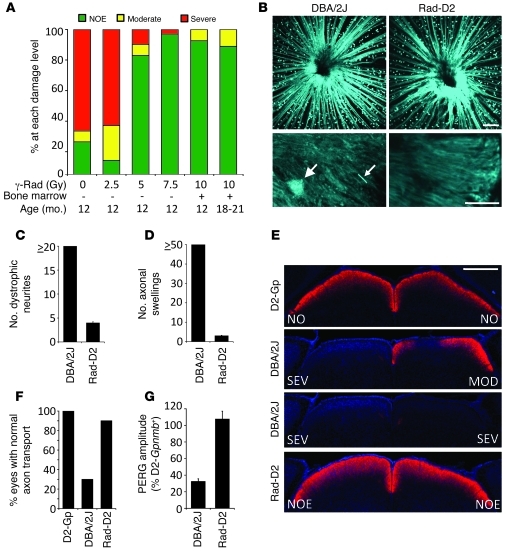Figure 1. Sublethal γ-radiation protects DBA/2J mice from glaucoma.
(A) Different doses of radiation protect from glaucoma. Most 18- to 21-month-old treated mice had no detectable optic nerve damage (NOE, n = 27). Doses of 7.5 Gy (n = 60, 12 months of age) and 5.0 Gy (n = 41) were highly protective compared to no treatment (0 Gy, n = 140) and equivalent to 10 Gy plus BMT (n = 54). 2.5 Gy (n = 35) was not protective. (B–D) ONHs of DBA/2J-Thy1(CFP) and irradiated DBA/2J-Thy1(CFP) 10-month-old mice were assessed for dystrophic neurites (big arrow) and axonal swellings (little arrow) by confocal microscopy. (B) Upper panels show compressed Z stacks of DBA/2J and Rad-D2 eyes imaging from the nerve fiber layer through the glial lamina. (C) Dystophic neurites and (D) axonal swellings were greatly reduced in irradiated compared to untreated eyes (n = 6 per group). (E and F) In the majority of 10-month-old Rad-D2 eyes (18/20), anterograde axon transport to the superior colliculus (SC; assessed using a fluorescent tracer) was no different than that of controls (D2-Gpnmb+ [D2-Gp], 10/10). The majority of untreated DBA/2J mice had severe reductions of labeling in the SC (13/20). The degree of optic nerve damage in corresponding eyes is indicated (E, NO = no damage, MOD = Moderate damage, SEV = Severe damage). (G) In contrast to untreated mice, 12-month-old Rad-D2 mice had normal PERG amplitudes. Untreated had reduced PERG amplitude by 9 months of age (n = 20 each group). Scale bars: 100 μm (B, top); 20 μm (B, bottom); 500 μm (E).

